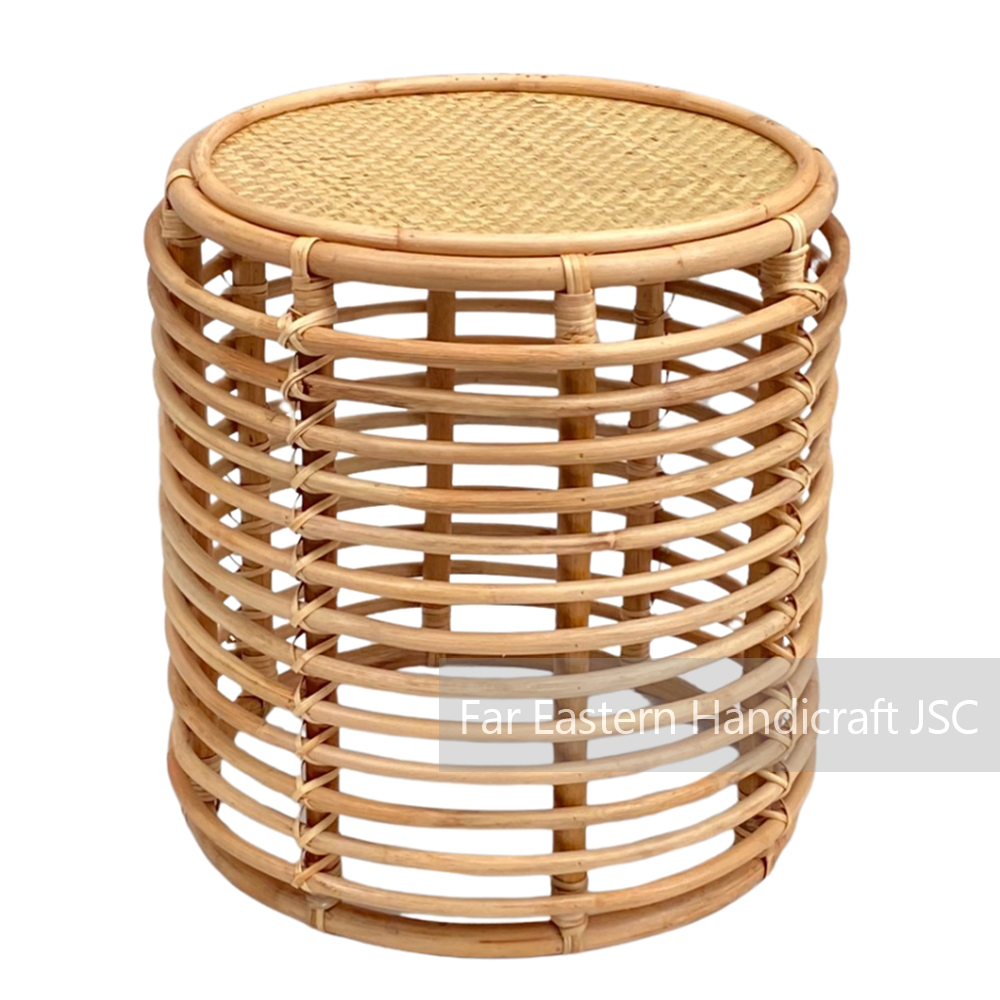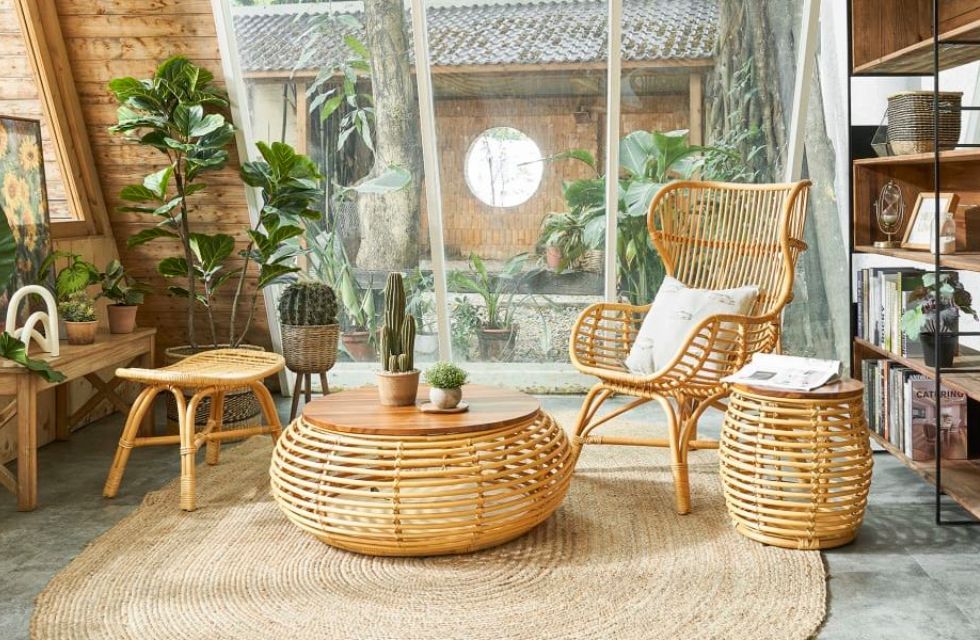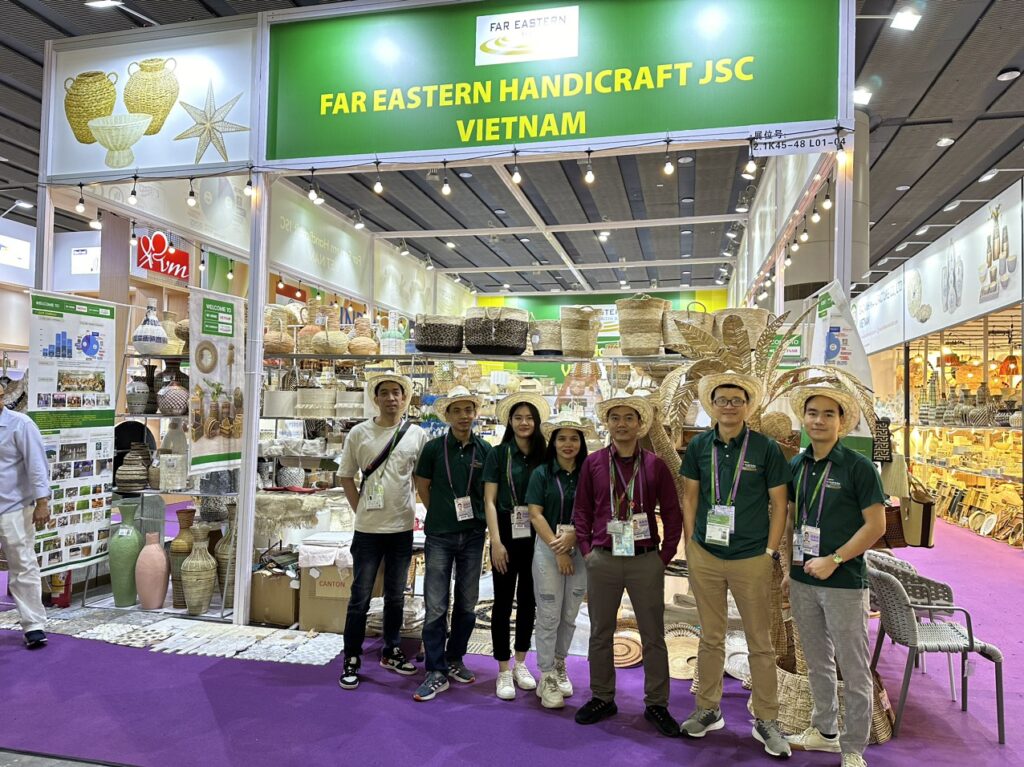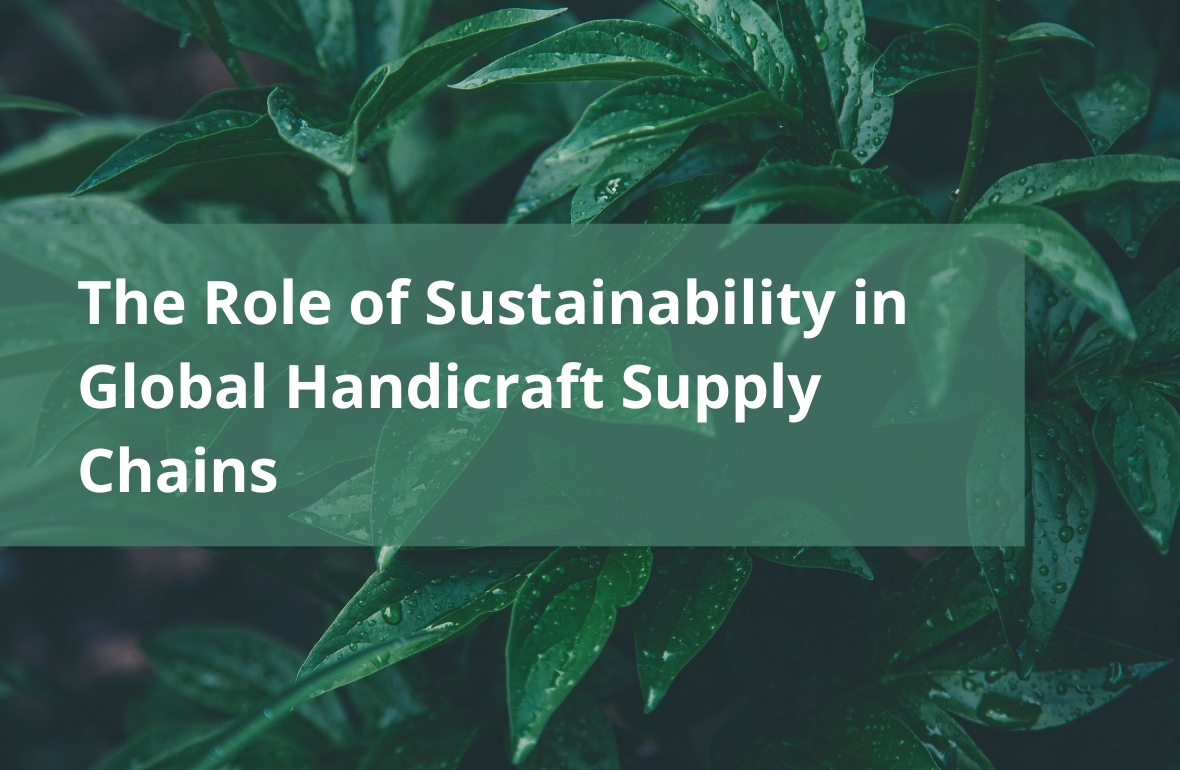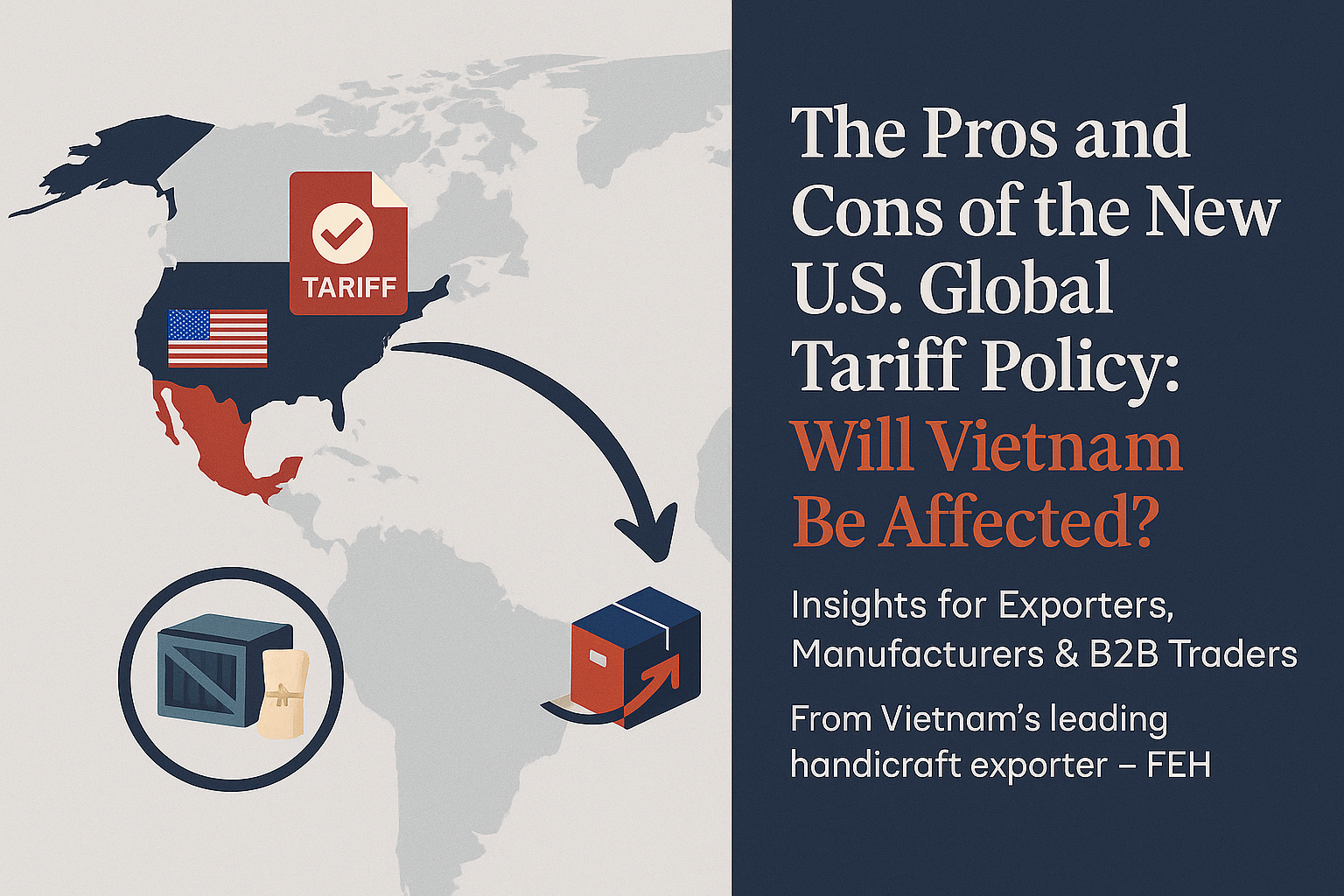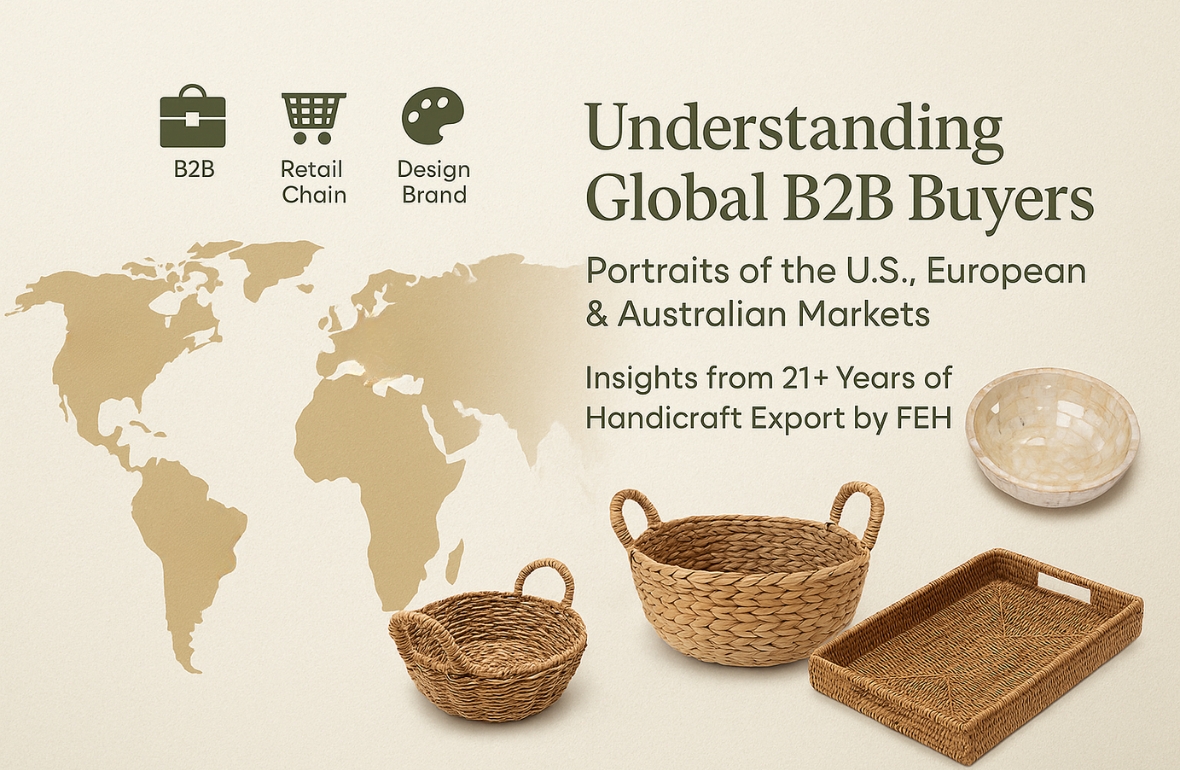The Difference Between Wicker and Rattan: Find Out Now!
When selecting furniture, one of the key factors to consider is the material. There are various materials used in furniture making, including rattan, bamboo, seagrass, and jute. Wicker furniture refers to pieces crafted from these materials. If you’re feeling uncertain about these terms, this article will help clarify them. So, what exactly is the difference between wicker and rattan?
What is The Difference between Wicker and Rattan?
The primary difference between wicker and rattan lies in their definitions: rattan is a type of material, while wicker refers to a weaving technique. Wicker is a method used to create items like baskets, furniture, and decorative pieces using flexible plant materials such as willow, rattan, reed, and bamboo. The term “wicker” can also refer to the finished products made from this woven material, such as wicker chairs, baskets, or picnic hampers.
While wicker is often associated with materials like rattan and willow, it can also include various other natural and synthetic fibers. Because of this broad categorization, it’s not accurate to make direct comparisons between the strength of rattan and wicker.
 |
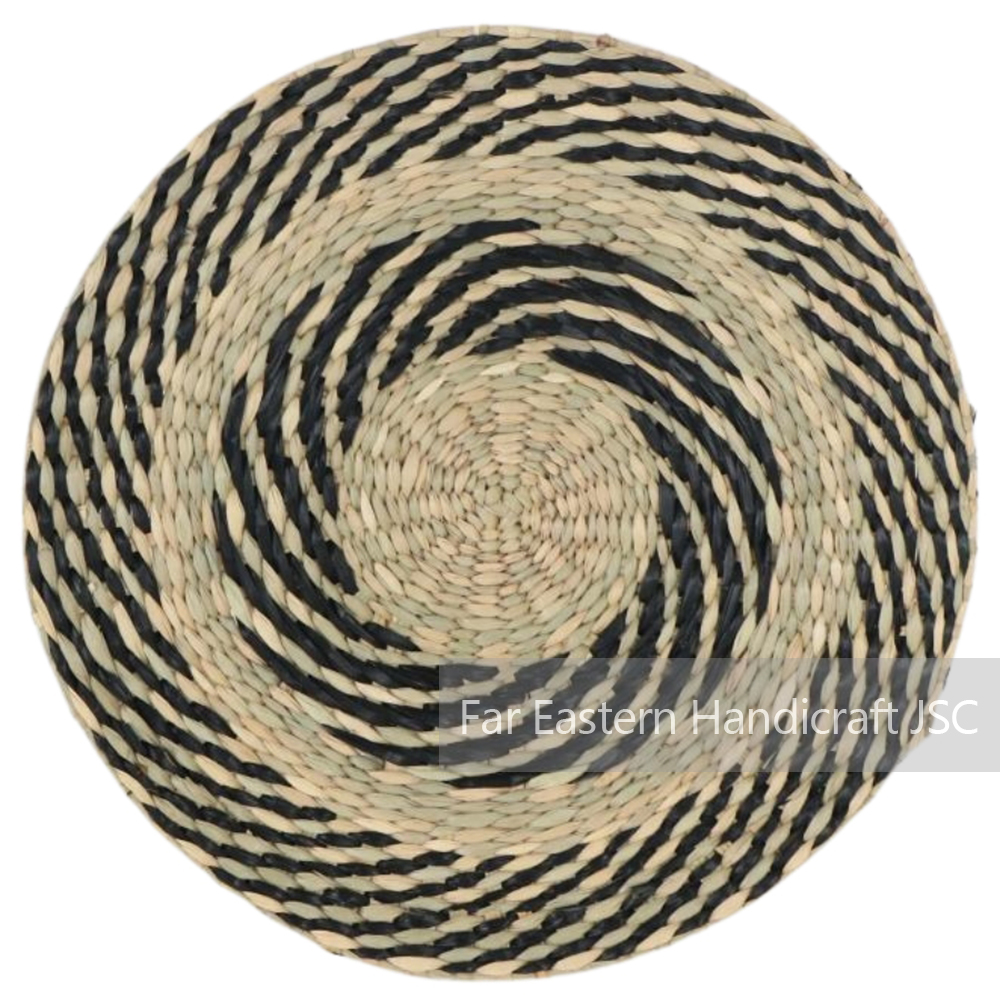 |
What is the difference between wicker and rattan
What is wicker?
What is wicker made from?
Wicker refers to a weaving technique used in creating homeware and furniture from flexible plant materials. This technique can utilize both natural materials, known as natural wicker, and synthetic fibers, referred to as synthetic wicker. In Vietnam, common natural materials for wicker include water hyacinth, seagrass, rattan, bamboo, and jute. Synthetic fibers used in wicker production often include materials like vinyl, resin, and polyethylene. Therefore, any basket made from these pliable fibers can be classified as a wicker basket.
Wicker is a style or weaving technique used in the creation
Difference Between Natural and Resin Wicker
Natural Wicker: Natural wicker is known for its strength and distinctive aesthetic, making it ideal for indoor use. However, it is sensitive to moisture and should be kept away from wet or highly humid environments and direct sunlight. Exposure to these conditions can cause color fading, mold growth, or make the wicker dry, brittle, and prone to breakage.
Resin Wicker: Synthetic wicker, made from materials like resin and poly rattan, is commonly used for both furniture and homeware. It often mimics the look of natural rattan but offers greater durability. Synthetic wicker is suitable for both indoor and outdoor use, earning the name “all-weather wicker” due to its resistance to moisture, fading, staining, and cracking in sunlight and outdoor conditions. Additionally, synthetic wicker is easy to clean and typically more affordable than natural wicker.
What is rattan?
What is rattan made of?
Rattan is a natural, thorny climbing plant known for its long, hard, and sturdy stems. These stems typically have a diameter of 1-5 cm and can grow up to 30 meters in length. The thickness of the rattan stem is almost uniform throughout, and its outer peel and thorns have a shiny yellow appearance. The core of the rattan varies in color, ranging from natural white to brown, depending on the species and region.
Rattan is renowned for its durability and flexibility, making it a lightweight material that is easy to handle and move. With proper care, rattan products can last for at least five years or longer. Additionally, rattan is more resistant to humid and extreme temperatures than some other natural fibers. However, it is not completely waterproof or weather-resistant, so prolonged exposure to outdoor elements or humid environments, such as bathrooms, can lead to mold growth and weaken the rattan’s strength.
Types of rattan
Real Rattan: This type of rattan is extracted directly from natural plants and has undergone minimal processing. It is a durable and flexible resource commonly used in furniture, decoration, and handicrafts. While real rattan is strong and versatile, it is also sensitive to humidity and high temperatures, which can cause it to lose color and hardness if not properly maintained.
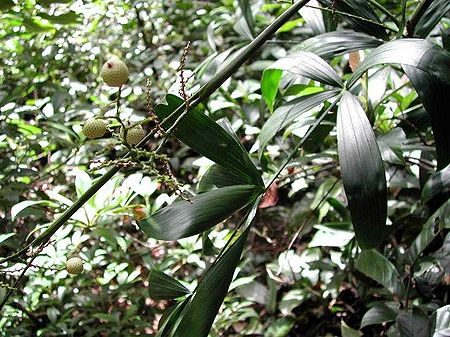 |
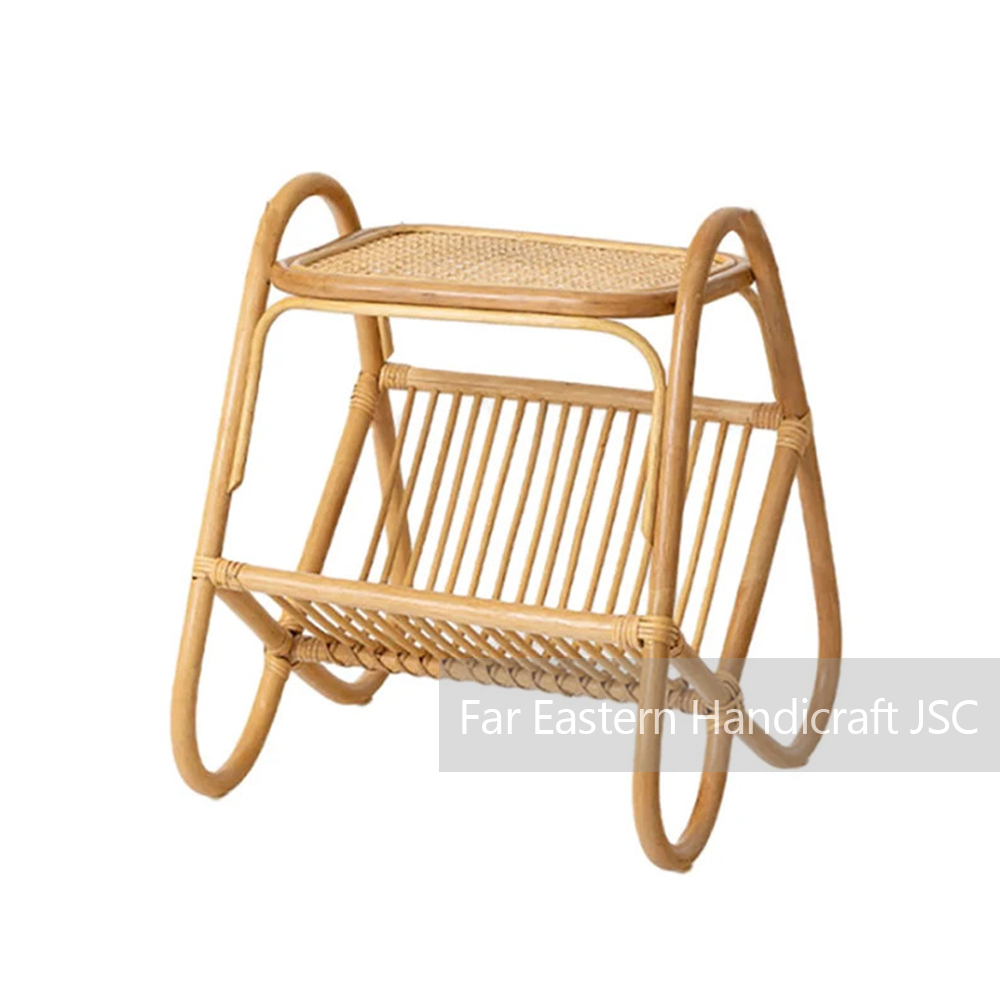 |
Real rattan is a type of rattan extracted from real plants
Synthetic Rattan: Made from materials like polyethylene (PE), synthetic rattan is designed to replicate the look and feel of real rattan. It is commonly used for outdoor furniture and decor due to its water resistance and ability to withstand strong sunlight—qualities that real rattan lacks. Synthetic rattan is easy to clean and generally more affordable than its natural counterpart.
Depending on your needs and preferences, you can choose between real and synthetic rattan for indoor or outdoor decor and handicrafts.
Is rattan wicker good for outdoor?
Cane Rattan: Cane rattan is the layer found just beneath the thorny outer skin of the rattan stem. It is carefully extracted, cleaned, dried, and smoked before use. Known for its flexibility and durability, cane rattan is ideal for weaving chair seats and backs and is often used to wrap furniture frames. It has a natural shine and doesn’t absorb stains easily, which is why many cane chair backs and seats are left in their natural color.
The stool made from cane rattan
Reed Rattan: Reed rattan is the inner, wood-like portion of the rattan plant, characterized by its fibrous and porous nature. Unlike cane rattan, reed is absorbent and can be stained. It is often used for decorative elements on wicker furniture, such as the intricate designs seen in Victorian-era pieces.
Synthetic Rattan: Engineered to mimic the appearance of real rattan, synthetic rattan is often used in outdoor furniture and home decor. It is primarily made from polyethylene (PE), making it resistant to moisture and intense sunlight, which can damage natural rattan. PE-based synthetic rattan is known for its eco-friendliness and high quality, and it is widely used in Vietnamese rattan furniture.
Himalayan Rattan: Sourced from the Himalaya Mountains in northeast India, Himalayan rattan comes from the Plectocomia genus, a palm species that can grow up to 80 feet high. This type of rattan is exceptionally weather-resistant, capable of withstanding cold temperatures and even snow. While its ornamental appeal is notable, it is not commonly used in furniture due to its soft pith. Instead, it is used to create items like Himalayan “singing bowls,” where the density of rattan wands influences the tones and sounds produced.
Manau Rattan: Highly prized for its durability and strength, Manau rattan is derived from the Calamus genus, the most commercially utilized genus in rattan production. Found in regions such as Africa, India, Sri Lanka, China, Malaysia, and Vietnam, Manau rattan is primarily used in furniture and handicrafts. Historically, it has also been used in weapons, especially in martial arts disciplines that involve hand-to-hand combat.
Manau rattan is primarily used in furniture and handicrafts
In summary, wicker and rattan are distinct concepts. Wicker refers to the weaving technique used to create products like chairs, tables, baskets, and lamps from various materials, including bamboo, grass, plastic, metal, or wood. Rattan, on the other hand, is a type of climbing plant from the palm family, known for its soft and flexible stems, which are commonly used as a material in wicker weaving. Each has its own advantages and disadvantages, depending on the user’s needs and preferences.
Purchase products from the most reputable rattan manufacturer in Vietnam
Are you looking for reputable wholesale rattan supplies distributors or wholesale rattan supplies manufacturers with a variety of products and preferential discounts? Look no further; stop at Far Eastern Handicraft—one of the best rattan products wholesale suppliers in Vietnam.
Far Eastern Handicraft’s team at Canton Fair 4-2024
Reputable rattan products wholesaler with long-standing expertise
Far Eastern Handicraft, also known as FEH, has more than 19 years of experience in handicrafts and interior design. Since 2003, FEH has been the leading manufacturer of handcrafted home goods in Northern Vietnam. As a reputable home decor manufacturer—and rattan wholesale products supplier in particular—with the capacity to produce numerous rattan supplies in bulk orders and quality assurance in each shipment, FEH has been serving over 600 importers and wholesalers in the US, Europe, Australia, and the Middle East and exporting more than 2,000 containers annually.
A warehouse system with adequate production capacity that satisfies customer demands
The system of factories, workshops, and warehouses at FEH has a good production capacity and satisfies not only the requirements of the major testing certificates in the world but also those of each individual client.
Strict product quality control
Before delivering goods to customers, FEH always pays close attention to product quality inspection. Our quality control team pays close attention to every step of the manufacturing process for products (handmade wicker furniture in particular), starting with the preparation of the raw materials and continuing through the weaving process and product evaluation. In order to guarantee objectivity in the evaluation of product quality, we also have third-party inspection activities.
Internationally standardized rattan supplies supplier with certificates
The system of factories and warehouses operated by FEH has a high production capacity and is certified by ISO, C-TPAT, BSCI, FSC®-COC, and ICS.
Each line of furniture produced by Special Far Eastern Handicraft has its own unique certificate. No matter what kind of products you require, FEH ensures they are approved and suitable for the customer.
An experienced R&D team
With many years of experience in the field, FEH has a strong R&D team. Our R&D team has ample experience in home goods market research, especially in rattan supplies bulk. Our team is constantly developing new models to keep up with market trends and consumers’ tastes.
The R&D team is always ready to help customers design and modify products in accordance with their requests.
Great prices: cheap rattan supplies wholesale
As a business with a vast network of connections in the furniture industry in particular and the home decor industry in general, we constantly work to provide our rattan supplies distributors, rattan wholesale suppliers, and rattan product customers with the best prices on the market to maximize profit for the companies that work with us.
Whether you belong to a rattan supplies vendor or a rattan product retailer, you just need to pick the
model or tell us what you have in mind and let us take care of the rest, from developing the sample to mass production and shipping the final products to your destination. Far Eastern Handicraft is one of the best rattan manufacturers in Vietnam.
Whether you belong to a rattan supplies vendor or a rattan product retailer, you just need to pick the model or tell us what you have in mind and let us take care of the rest, from developing the sample to mass production and shipping the final products to your destination. Far Eastern Handicraft is one of the best rattan manufacturers in Vietnam.
Final Thoughts
Rattan furniture is environmentally friendly and offers a comfortable sitting experience, making it a popular choice for both interior and exterior decor. However, it does come with a few disadvantages, particularly when used outdoors. Proper maintenance is essential to ensure its longevity.
We hope the information provided in this article about the disadvantages of rattan furniture helps you gain a better understanding of this product type!
Check out more of our products HERE.
Or CONTACT US NOW for more information.


